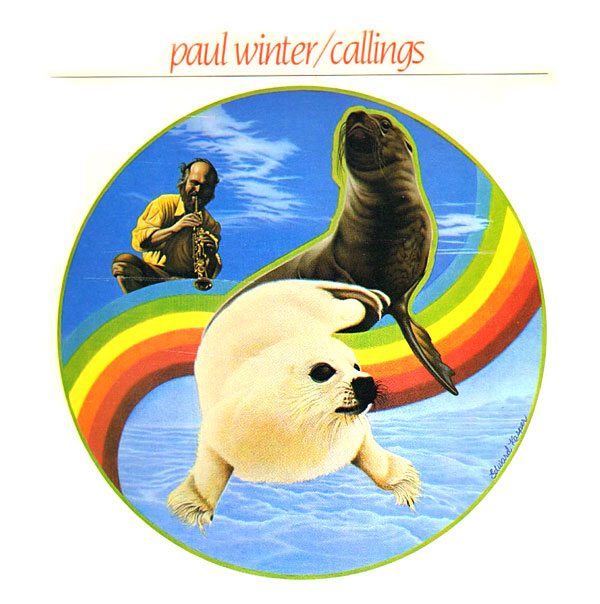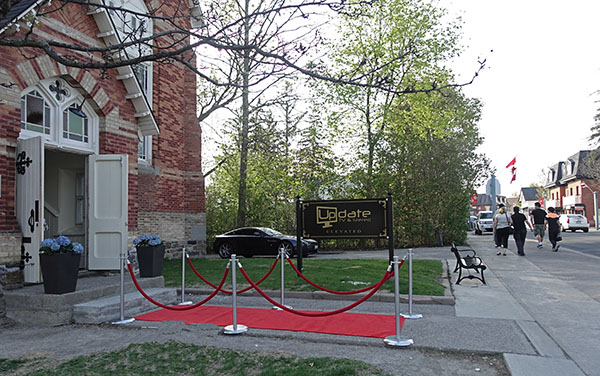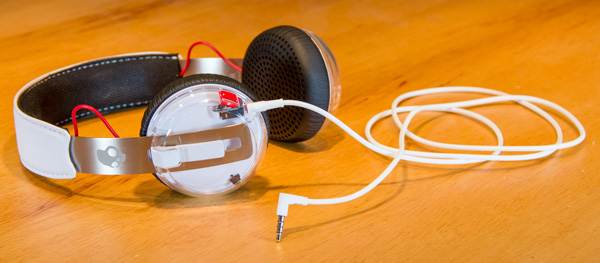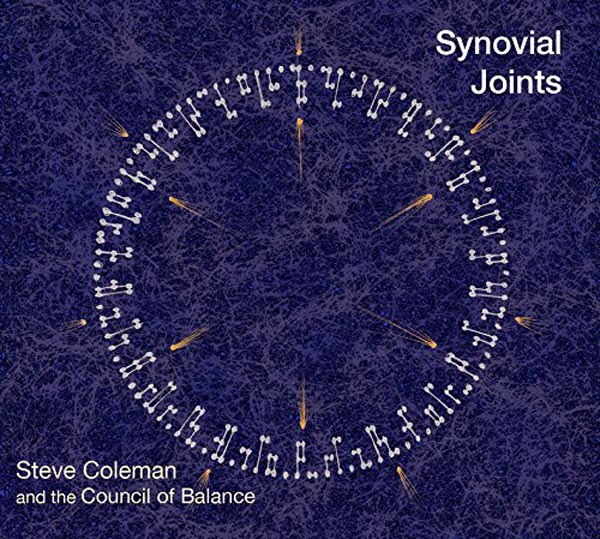Recording of July 1982: Callings
The Paul Winter Consort: Paul Winter, soprano sax, E-flat contrabass sarrusophone, conch shell; Nancy Rumbel, oboe, English horn, C contrabass sarrusophone, double ocarina; Eugene Friesen, cello; Jim Scott, classical and 12-string guitars; Ted Moore, timpani, surdos, berimbau, caixixi, pao de chuva, ganza, gongs, cymbals, triangles, handbells, whistles; Paul Halley, pipe organ, harpsichord, piano.
Recorded with the 3M Digital System in the Cathedral of St. John the Divine, New York City. Paul Winter, prod., Dixon Van Winkle, Chris Brown, engs. Additional recording by Richard Blakin and Mickey Houlihan. CD mastered by Clete Baker.
Living Music Records LMR-1 (LP). DAA. Living Music Records LD0001 (10488 00012-6) (CD). DAD. TT: 49:42.
It is hard for me to be objective about a record such as this. My very being responds to it, not only to the music but to the ideas and feelings behind it. Fortunately for me, this happens to be an excellent recording, with some extraordinary low end on it, so I need not compromise either my critical faculties or my sentiments.






 During my reviews of digital processors in the past year or so, I've made comparisons with the Wadia 2000 Digital Decoding Computer
During my reviews of digital processors in the past year or so, I've made comparisons with the Wadia 2000 Digital Decoding Computer 


